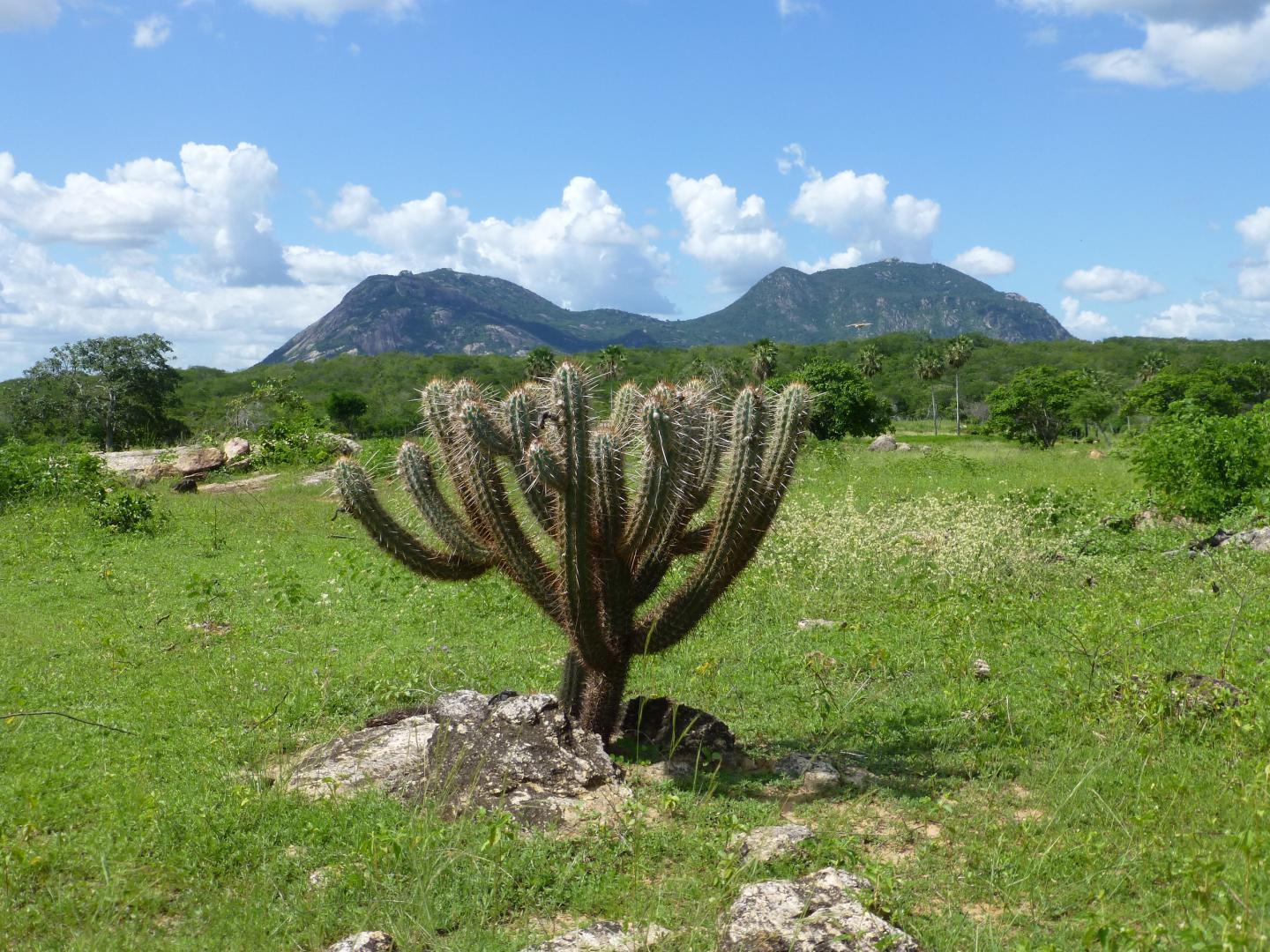"Scientists have speculated that such a large mountain range must have been feeding the oceans because of the way life thrived and ocean chemistry changed at this time, and finally we have found it."
The discovery is earliest evidence of Himalayan-scale mountains on Earth.
"Although the mountains have long since washed away, rocks from their roots told the story of the ancient mountain range's grandeur," said co-researcher Professor Joerg Hermann.
"The range was formed by two continents colliding. During this collision, rocks from the crust were pushed around 100 kilometres deep into the mantle, where the high temperatures and pressures formed new minerals."

Scientists from Australian National University reveal how they found a mountain range that fed an explosion of life 600 million years ago. The range stretched 2,500 km across Gondwana from modern west Africa to Northeast Brazil. Tiny mineral crystals formed in the roots of these huge mountains were the key to reconstructing their age and size.
(Photo Credit: ANU Media)
As the mountains eroded, the roots came back up to the surface, to be collected in Togo, Mali and northeast Brazil, by Brazilian co-researcher Carlos Ganade de Araujo, from the University of Sao Paolo.
Dr Ganade de Araujo recognised the samples were unique and brought the rocks to ANU where, using world-leading equipment, the research team accurately identified that the rocks were of similar age, and had been formed at similar, great depths.
The research team involved specialists from a range of different areas of Earth Science sharing their knowledge, said Professor Rubatto.
"With everyone cooperating to study tiny crystals, we have managed to discover a huge mountain range," she said.

This image shows the ancient mountain site, Brazil.
(Photo Credit: Carlos Ganade de Araujo)

Professors Rubatto and Hermann are shown at ANU Research School of Earth Sciences.
(Photo Credit: Stuart Hay)
Source: Australian National University